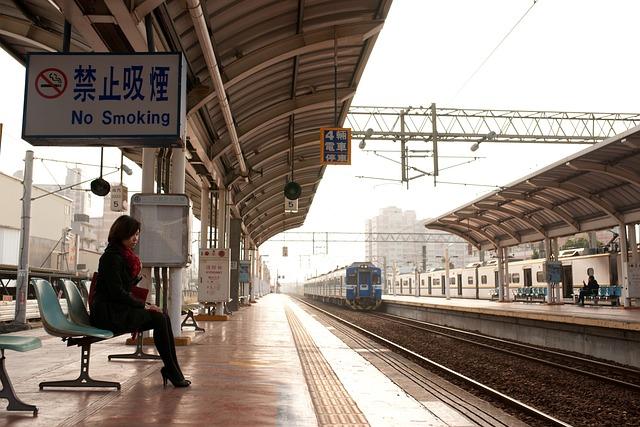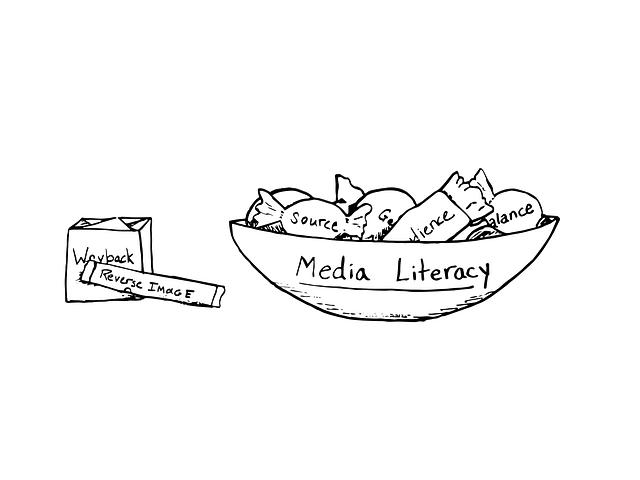Navigating Truth and Tensions: Pakistan’s Evolving Media Landscape
In a world where information is both a currency and a weapon, the media serves as the pulse of society, reflecting its triumphs, struggles, and contradictions. Pakistan, a nation rich in culture and history, finds itself at a crossroads—where the tides of tradition meet the currents of modernity. As the digital age reshapes the way stories are told and consumed, the Pakistani media landscape is undergoing a profound transformation characterized by both innovation and conflict.
From the rise of social media platforms that democratize information sharing to the age-old challenges of censorship and bias, the journey to uncover the truth in Pakistan is fraught with complexities. Journalists navigate a tightrope of government scrutiny, societal expectations, and the quest for credibility, all while striving to provide a voice to the voiceless. This article delves into the nuances of Pakistan’s evolving media ecosystem, exploring how it reflects the broader social and political dynamics at play. Join us as we traverse this intricate terrain, examining the truths that emerge amid tensions, and the challenges that lie ahead in the pursuit of an informed citizenry.
Emerging Forces Shaping Media Dynamics in Pakistan
The media landscape in Pakistan is undergoing a dramatic transformation as technology, social change, and political dynamics converge. Digital platforms have emerged as crucial tools for information dissemination, enabling citizens to access diverse viewpoints that were previously inaccessible. Social media channels such as Facebook, Twitter, and TikTok are not just providing entertainment; they are now serving as vital spaces for public discourse. This shift has led to an increase in citizen journalism, where ordinary people can report and comment on issues, thus democratizing the flow of information. However, this rise comes with challenges, including the spread of misinformation and the erosion of traditional journalistic standards.
Furthermore, the regulatory environment is adapting to these changes, with both state and non-state actors influencing media operations. Laws governing media freedom and content regulation are often in flux, reflecting tensions between government control and the public demand for press freedom. The role of influencers and content creators is also gaining prominence, challenging established media houses and prompting traditional outlets to rethink their models. Media practitioners must now navigate a landscape marked by both opportunity and peril, striving to uphold journalistic integrity while responding to the evolving demands of their audience.

Balancing Freedom and Responsibility in News Reporting
In the dynamic arena of journalism, the interplay between freedom and responsibility manifests uniquely in Pakistan’s media landscape. Journalists are tasked with the crucial role of delivering timely and accurate information while navigating a complex environment fraught with political pressures and societal expectations. The advent of digital media has amplified this challenge, as news outlets strive to maintain their integrity amidst rising sensationalism. Key principles guiding this balancing act include:
- Editorial Independence: Upholding the right to report without undue influence.
- Fact-Checking: Ensuring the accuracy of information before dissemination.
- Ethical Reporting: Respecting the privacy and dignity of individuals while covering stories.
Moreover, the impact of social media has revolutionized how news is consumed but has also diluted accountability. Misinformation can spread rapidly, leading to public unrest and misinformation. As a response, media organizations are now adopting responsible strategies to reinforce their commitment to truth. A glimpse at the emerging approaches reveals:
| Approach | Description |
|---|---|
| Fact-Checking Initiatives | Partnerships with independent fact-checking organizations. |
| Media Literacy Programs | Educational campaigns aimed at empowering consumers to critically evaluate news. |
| Transparent Editorial Policies | Publishing guidelines on reporting standards and conflicts of interest. |

The Role of Digital Platforms in Amplifying Voices
In today’s interconnected world, digital platforms serve as powerful catalysts for voices previously marginalized in traditional media. These platforms offer unprecedented accessibility, enabling individuals and communities to share their narratives, challenges, and aspirations with broader audiences. Through social media campaigns, blogs, and podcasts, people can connect and engage in dialogues that drive social change and awareness. For instance, citizen journalism has emerged as a significant force, allowing ordinary citizens to report on local events, thereby filling the gaps left by mainstream news outlets.
Moreover, the impact of these digital channels is evident in the way they can amplify movements and trends, transforming public discourse. The immediacy of information dissemination means that critical issues can garner attention rapidly, prompting responses from authorities and citizens alike. This environment fosters a sense of community among users who share similar causes, creating a synergy that transcends geographical boundaries. Whether through hashtag activism or video testimonies, the collective voice gains strength, highlighting the pressing realities faced by many. Examples of such movements include:
- The #MeToo Movement: Highlighting personal experiences with harassment and discrimination.
- Climate Change Activism: Grassroots campaigns raising awareness and inspiring action.
- Human Rights Initiatives: Showcasing violations and advocating for the oppressed.
| Platform | Impact Areas | User Engagement |
|---|---|---|
| Real-time reporting, trending topics | High due to rapid shares | |
| Community building, event organizing | Interactive posts and discussions | |
| Visual storytelling, lifestyle advocacy | Engagement through images and reels |

Strategies for Fostering Media Literacy and Critical Consumption
In a world saturated with information, enhancing media literacy is essential for individuals to differentiate between reliable news and misinformation. Educational institutions can play a pivotal role by integrating media literacy programs into their curricula, equipping students with the tools needed to critically assess the media they consume. Workshops and interactive sessions can allow young learners to engage with current events, fostering analytical thinking and the ability to recognize biases in reporting. Encouraging discussions around the impact of social media on news dissemination can further facilitate an understanding of various perspectives and the importance of source verification.
Community outreach initiatives can also contribute significantly to this cause. Public libraries and community centers can host seminars and discussion forums where individuals can learn about digital literacy skills. Collaborations with local journalists can demystify the reporting process and highlight ethical journalism practices. Forming partnerships with tech companies to develop user-friendly tools that help users identify fake news could also be beneficial. The following table summarizes key actions to promote media literacy:
| Action | Description |
|---|---|
| Curriculum Development | Integrate media literacy into school programs. |
| Workshops | Conduct hands-on training sessions on news analysis. |
| Community Seminars | Host informational sessions at local centers. |
| Collaboration with Journalists | Engage journalists to provide insights on media practices. |
| Digital Tools | Develop solutions to identify misinformation online. |
To Wrap It Up
As we draw the curtain on our exploration of Pakistan’s evolving media landscape, it becomes clear that navigating truth and tensions in this vibrant tapestry of information is no small feat. The interplay between freedom and restriction, progress and censorship, reveals a dynamic ecosystem where voices resonate amidst the clamor of competing narratives.
In the heart of this transformation, journalists and media outlets grapple not only with their responsibilities but also with the burgeoning demand for authenticity in a world rife with misinformation. The resilience of the human spirit, expressed through the pursuit of truth, underscores the power of media as both a mirror and a catalyst for societal change.
As Pakistan continues to chart its course through the complexities of an ever-shifting media environment, the journey ahead promises to be as challenging as it is promising. With each story told and each voice amplified, the nation inches closer to a more nuanced understanding of its identity and existence. In this landscape fraught with tensions and triumphs, the pursuit of truth remains a beacon, guiding both media practitioners and their audiences through the storms of the present and into the future.
Ultimately, it is a reminder that while the face of media may evolve, the quest for truth and integrity within it will remain timeless, fostering dialogue, understanding, and hope in the narrative of a nation in flux.



